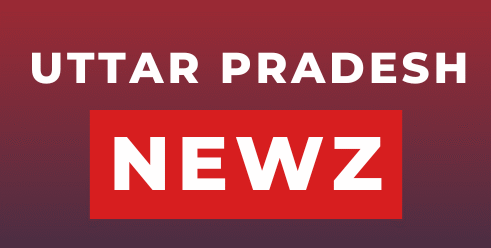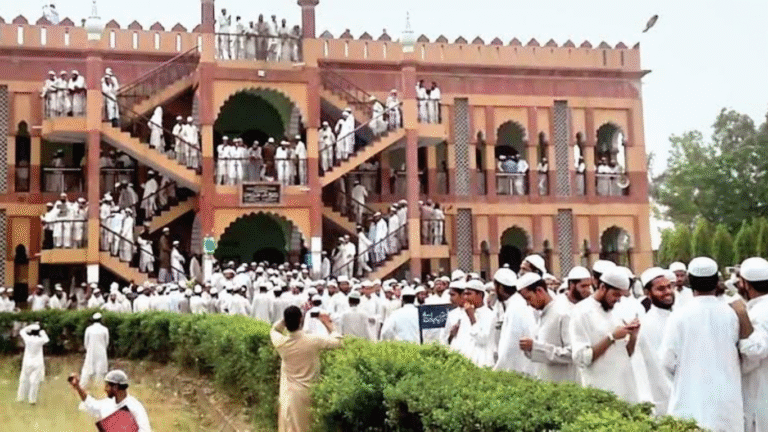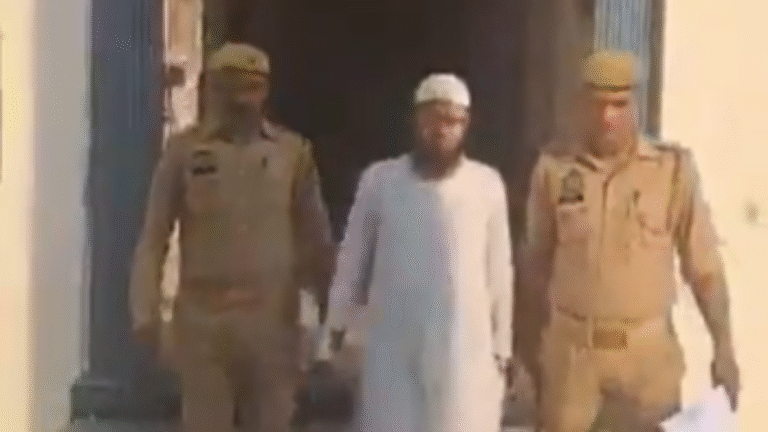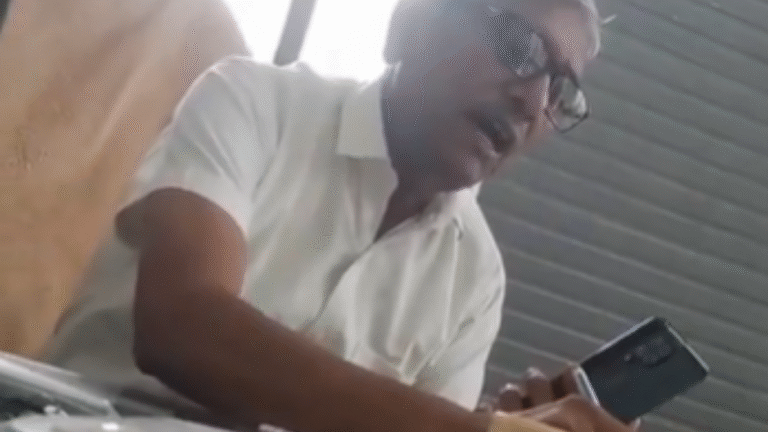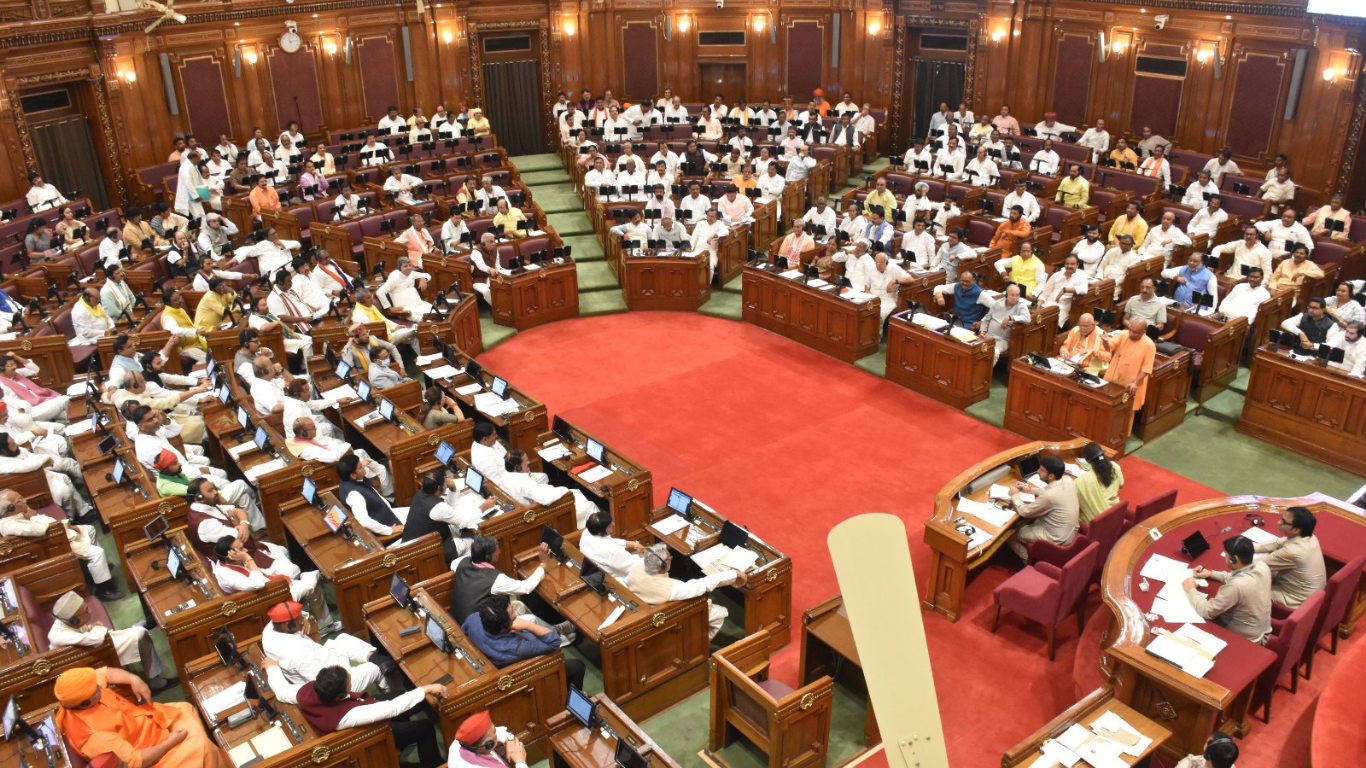
Lucknow, Uttar Pradesh – The Uttar Pradesh Assembly’s monsoon session began on Monday with high drama and loud protests, even as the government set an ambitious agenda for the days ahead. Chief Minister Yogi Adityanath announced that the House will hold a continuous, 24-hour debate on the state’s long-term “Viksit UP” plan, with focused discussions scheduled for August 13-14. In a sharp attack on the Samajwadi Party and Akhilesh Yadav, Yogi said, “Samajwadi Party and democracy are two opposite ends of a river.”
From the first hour, opposition parties raised strong objections on several fronts, including plans to merge low-enrollment schools, flood relief efforts, and the proposed privatization moves in power distribution companies (DISCOMs). The protests turned the start of the session stormy, with slogan-shouting, repeated adjournments, and heated exchanges between ruling and opposition members.
Speaker Satish Mahana appealed to all parties to cooperate and keep decorum in the House, saying the Assembly must be a place for reasoned debate. He highlighted procedural improvements planned for the session and urged MLAs to focus on constructive discussion rather than theatrics.
Alongside politics, the Assembly is set to introduce technological changes aimed at better data access and transparency. Officials say each MLA will get constituency dashboards on tablets, and AI-enabled cameras will help document proceedings, tools the government says will make legislative work more efficient and accountable. Critics, however, warned that technology should not be used to monitor or stifle debate.
The government also plans to table a long-term, 25-year development blueprint during the session. The CM framed the monsoon sittings as a chance to map out priorities on health, education, infrastructure, and disaster response, issues that came up repeatedly as the opposition pressed for immediate relief for flood-affected and marooned communities.
What to watch next: whether the 24-hour “Viksit UP” marathon leads to substantive debate or simply more walkouts; how the Assembly balances the push for tech adoption with concerns about surveillance; and whether the government can answer opposition questions on school mergers, DISCOM reforms, and relief for flood-hit citizens. For now, the session has set the tone, ambitious plans on one side, vocal resistance on the other, and it promises more tense moments before it wraps up.
